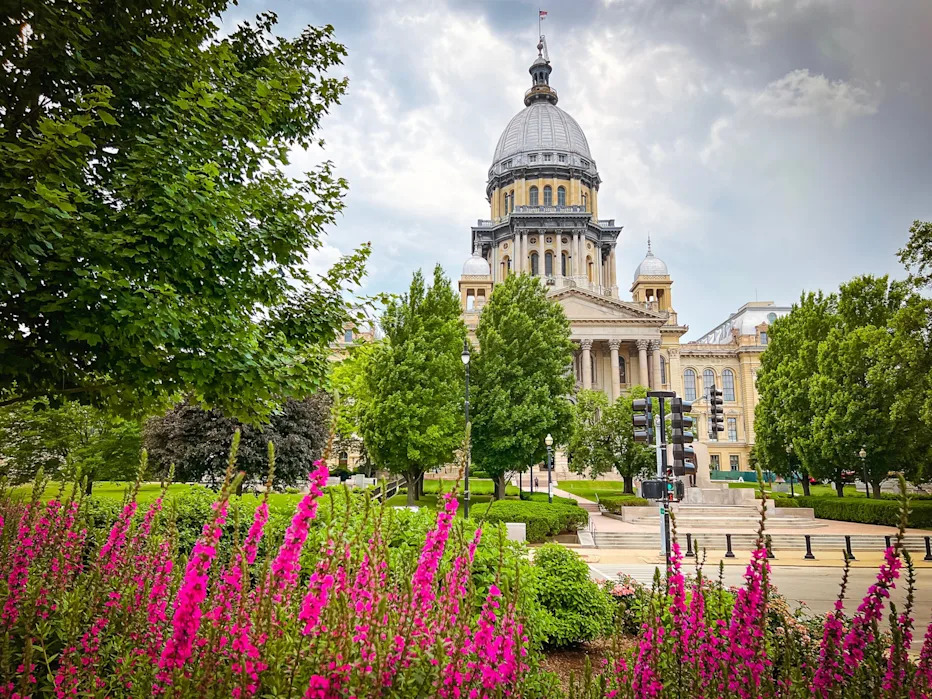
World-renown Route 66 starts in downtown Chicago. But you’ll want to motor west to Springfield, roughly 200 miles from the Windy City, to find the best of the Mother Road.
“The big cities don’t have as much of a Route 66 feel because they don’t rely on something like that for tourism,” says author Joe Sonderman, who has written 13 books about the iconic highway, which celebrates its 100th anniversary in 2026. Sonderman adds, “Chicago has its Route 66 spots, but when you get to Springfield, you really feel it.”
The Illinois capital boasts dozens of sites linked to the Main Street of America, from old diners and vintage gas pumps to new attractions, like a quarter-mile stretch of the original road that debuted as a walking trail this summer.
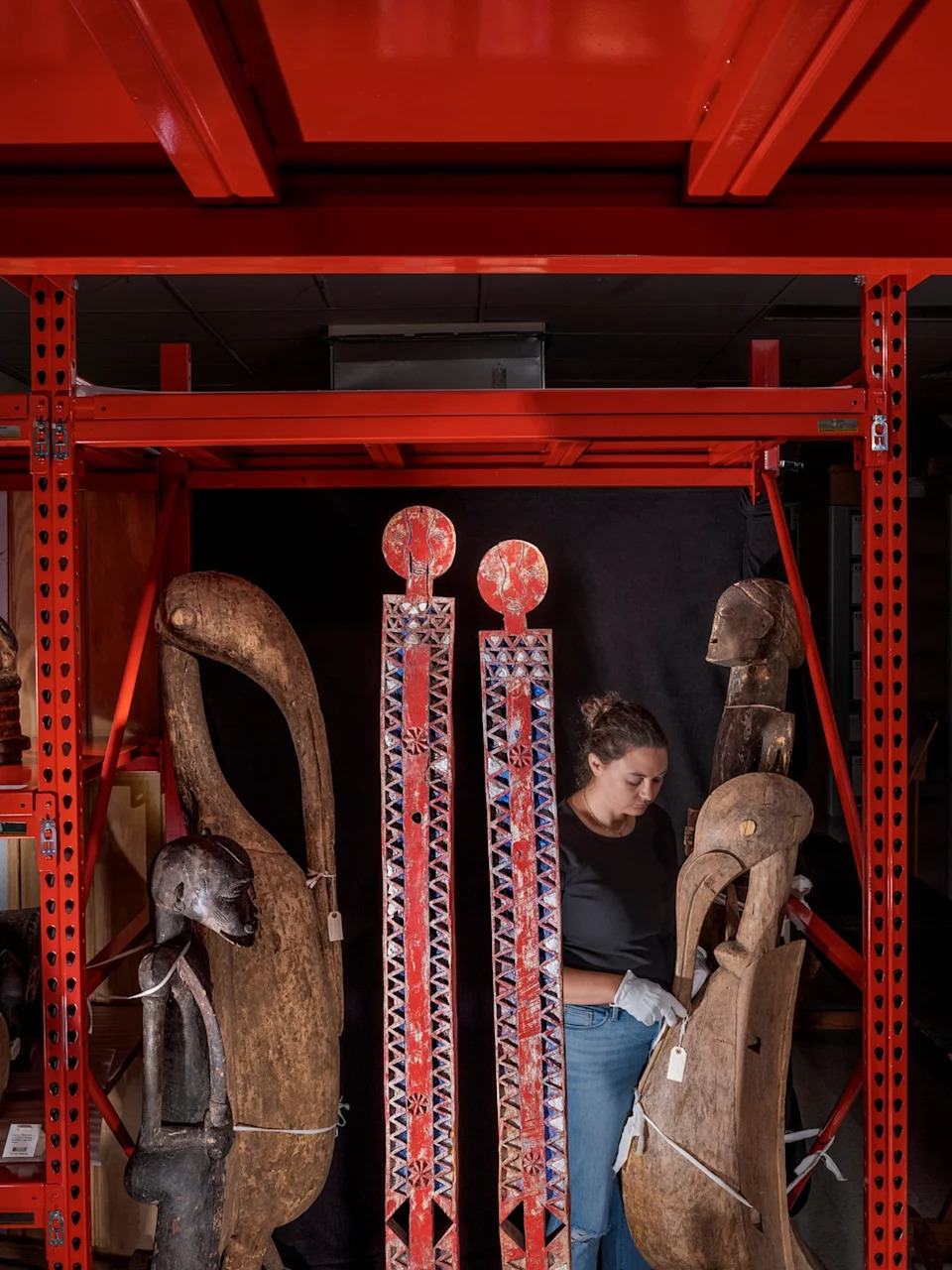
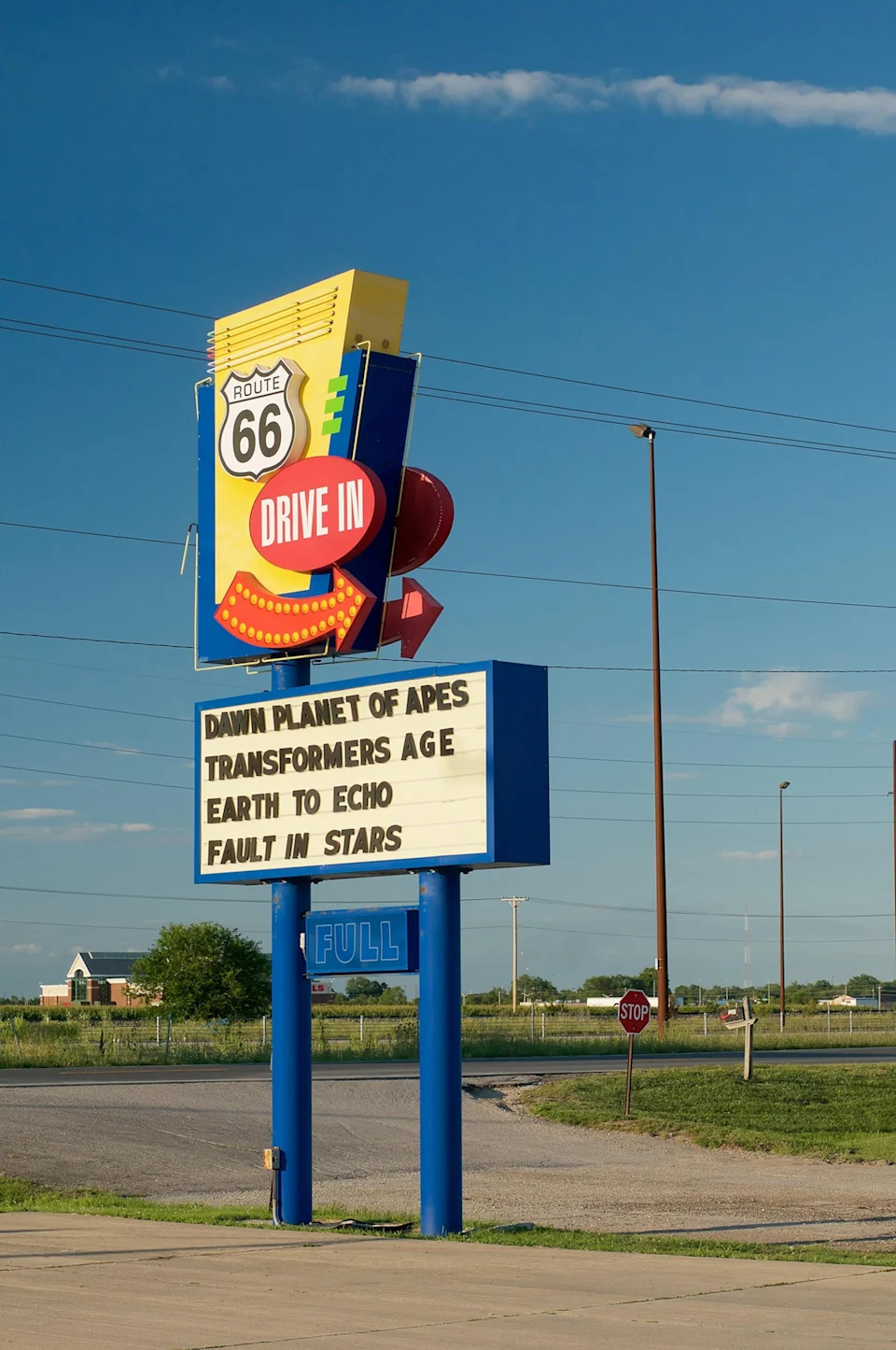
“We have about 60 Route 66 attractions in Springfield. That’s a lot,” says Scott Dahl, director of the Springfield Convention & Visitors Bureau. “We want to keep building on that leading into next year’s centennial.”
Here’s how to get your Route 66 fix in Springfield, an ideal road trip from both Chicago and St. Louis.
(This is the loneliest road in America)
Head for the fairgrounds
Some 300 miles of historic Route 66 slices through the Land of Lincoln from Chicago to the Mississippi River. Take a stroll through a scaled-down version of Illinois’s portion of the federal highway at the Route 66 Experience.
Opened in 2023, the free exhibit at the Illinois State Fairgrounds includes kitschy billboards, a drive-in movie theater screen and a tribute to “muffler men,” the huge statues businesses put up to grab the attention of Route 66 motorists. (One of these fiberglass giants still stands outside Lauterbach Tire & Auto Service. A tornado took off his head nearly two decades ago, but he’s back to normal now.) The walking path meant to loosely mimic Route 66 leads to a series of sheds filled with photos from the 92 Illinois communities along the legendary road.
“If anybody wants a quick history of Route 66, that’s the place to go,” says Dwight Cannon, president of the Route 66 Association of Illinois.
The fairgrounds are also home to Legends Neon Park, a collection of replicas of roadside signs that once cast their colorful glow on Route 66. For the full effect, go at night when the signs are lit up. If you’re itching for more, take a tour of the museum at Ace Sign Co., a long-running business whose neon creations flanked the iconic road.
Learn about Black history
An old Texaco gas station has been transformed into a classroom of sorts, with exhibits and technology telling stories of the Black experience on Route 66 during the Jim Crow and Civil Rights eras.
Book an appointment in advance at the Route History Museum for a 20-minute virtual reality session. You’ll don a headset to travel back in time to Illinois cities featured in The Negro Motorist Green Book, a guide directing Black travelers to safe businesses in the racially segregated Jim Crow era, as well as “sundown towns” that were dangerous for Blacks after dark.
“It’s a unique Route 66 story you don’t find being told in a lot of places,” Dahl says.
(Life after the ‘Green Book’: What is the future for Black travelers in America?)
New kicks on 66
Mother Nature had almost reclaimed a section of Springfield’s original Route 66 alignment, a 16-foot-wide concrete ribbon wending through the woods. As of July, it once again started welcoming traffic—foot traffic—when it reopened as a walking trail in Carpenter Park.
“It’s a quarter mile of untouched pavement,” Cannon says about this segment of the route, which was abandoned in 1936 in favor of a four-lane alternative. “Now you can see what people first drove on: this little, narrow road, the original superhighway,” he adds.
Another new Route 66 attraction revolves around former Springfield resident Bob Waldmire, a nomadic hippie and artist whose detailed maps, postcards, and murals are known around the globe.
“For a lot of people, Bob Waldmire epitomizes Route 66,” Cannon says.
The Fillmore character in Disney-Pixar’s Cars movie franchise was modeled after Waldmire and his 1972 Volkswagen van. The yellow VW Microbus is on display at the Illinois Route 66 Hall of Fame & Museum in Pontiac, about 100 miles northeast of the state capital.
An exhibit showcasing the late artist’s work—and his eccentric personality—debuted this summer at The Pharmacy Gallery and Art Space in Springfield. It runs through Dec. 19, 2026.
(Route 66: America's most celebrated road trip is going electric)
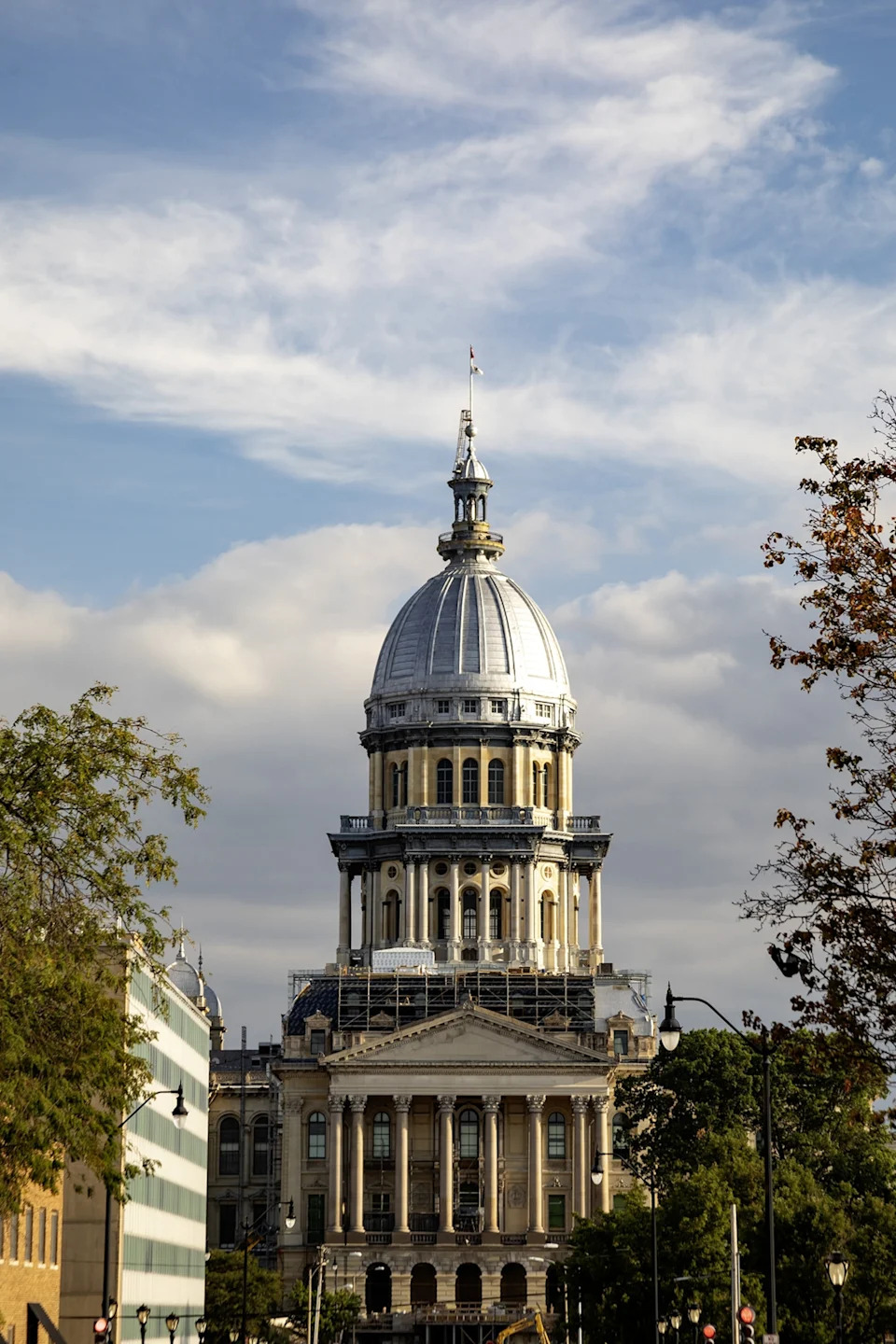
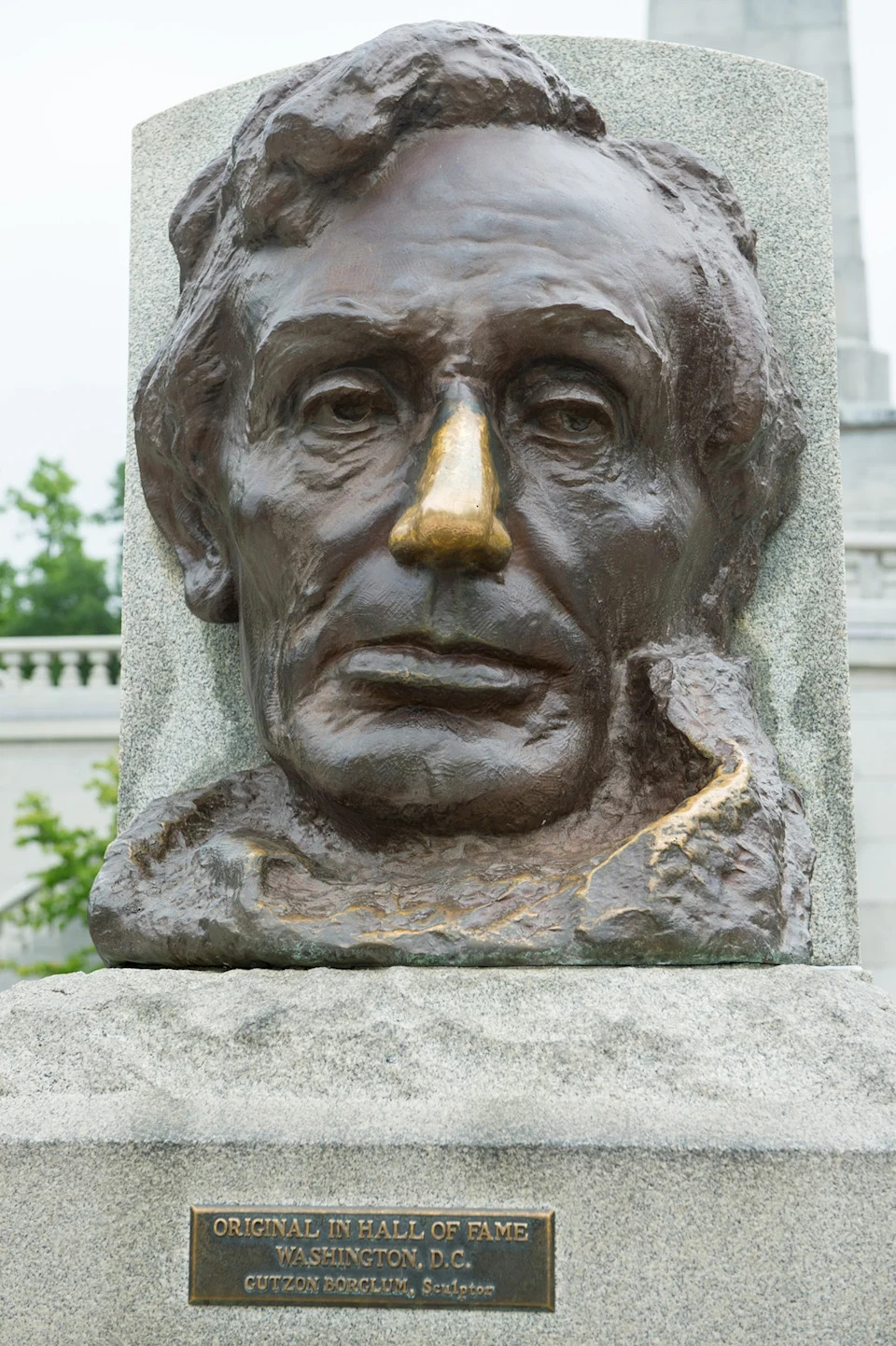
Fill up on food—and more
Waldmire’s father, Ed, was a Route 66 institution, too. Not because of his art, but because of his cooking.
In the 1940s, Ed Waldmire Jr. created the cozy dog, a battered, deep-fried hot dog on a stick. He sold the crunchy concoction at his Cozy Dog Drive-In on Route 66.
More than 75 years later, the Waldmire family still uses Ed’s batter recipe to make its requisite Route 66 treat at Springfield’s retro diner, where you can wash down a cozy dog with a bottle of Route 66 Root Beer. You also can stock up on plenty of Mother Road merch, including Route 66 postcards designed by Bob. (Fun fact: Bob was a vegan.)
As you might guess from its name, a lot more than food is on the menu at Route 66 Motorheads Bar & Grill, Museum and Entertainment Complex. The sprawling compound is tricked out with neon signs, memorabilia, classic cars and what claims to be the world’s largest Route 66 emblem.
Save room—lots of room—for Motorheads’ spin on a Springfield staple, the horseshoe. It’s an open-faced sandwich of thick slabs of toasted bread topped with meat, fries, and cheese sauce. The horseshoe name stems from the shape of the cut of ham used in the original sandwich, first served in 1928 at a now defunct hotel on Route 66.
Some of Motorheads’ Route 66 artifacts were salvaged from Shea’s Gas Station. The old filling station was turned into a beloved museum by its owner, auto enthusiast, and collector Bill Shea. After Shea’s death in 2013, the building was sold, and its contents were put on the auction block. But like other treasures on Route 66, Shea’s is making a comeback. The exterior has been restored and the formerly fenced-off grounds reopened to the public in 2024.
“We’ve added some gas pumps and keep enhancing it,” Dahl says. “We can’t guarantee it, but we’re hoping to have the interior open for the centennial year.”
Lori Rackl is the former travel editor of the Chicago Tribune whose work has appeared in Travel + Leisure, Texas Highways, Midwest Living and many newspapers. Follow her on Instagram.
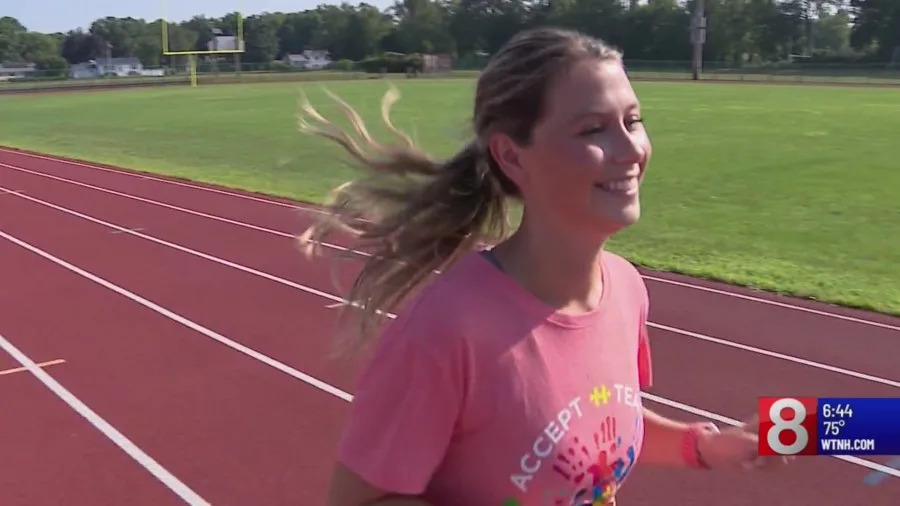

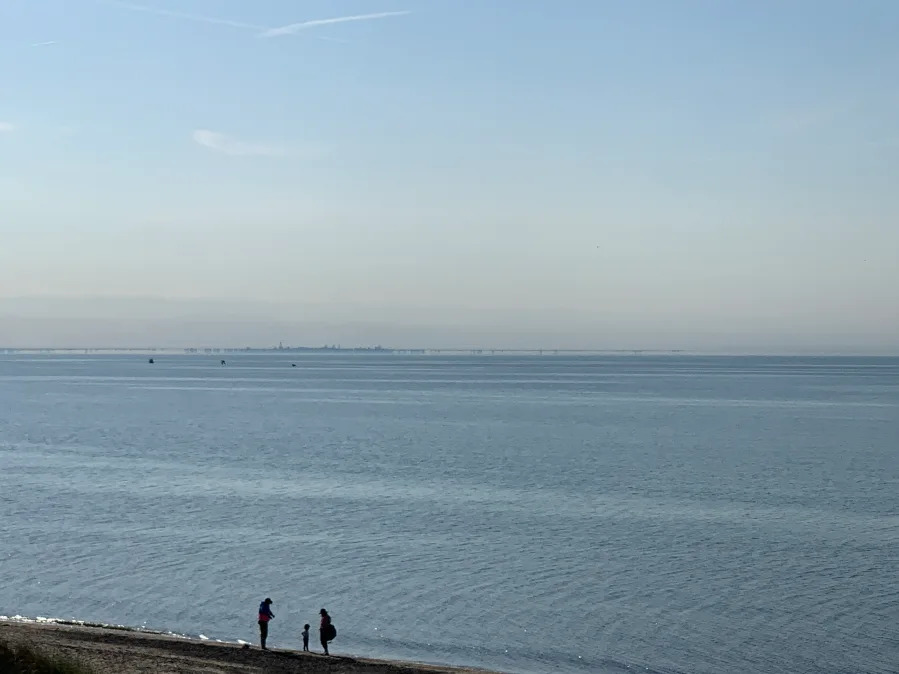


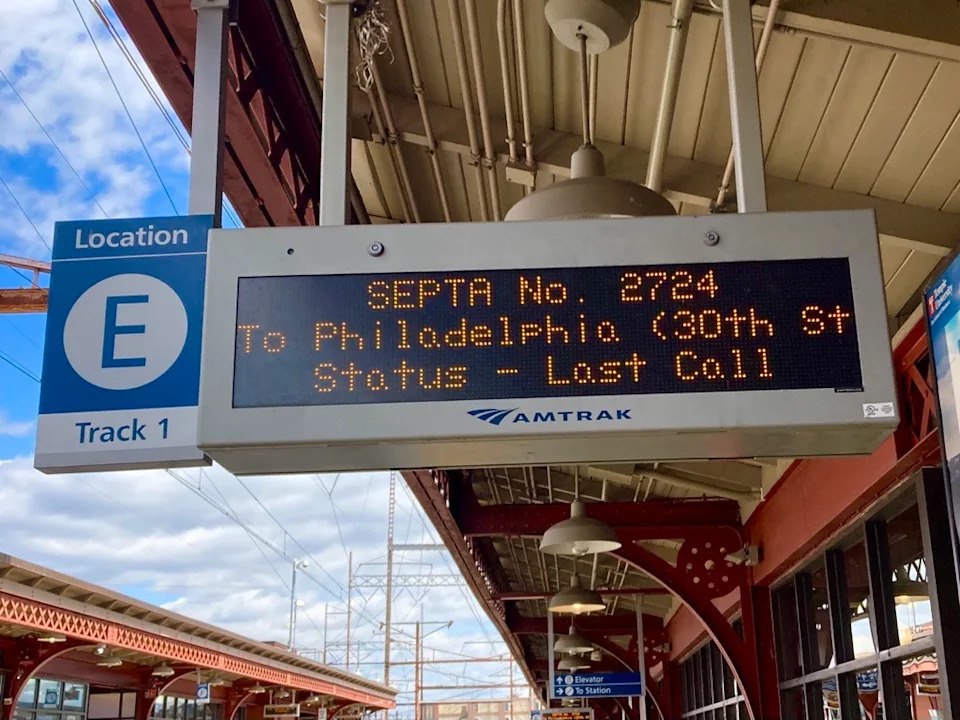
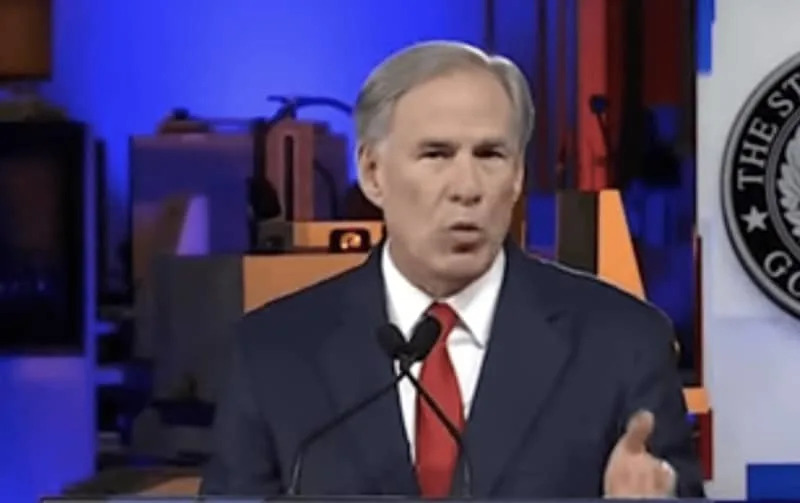

Comments